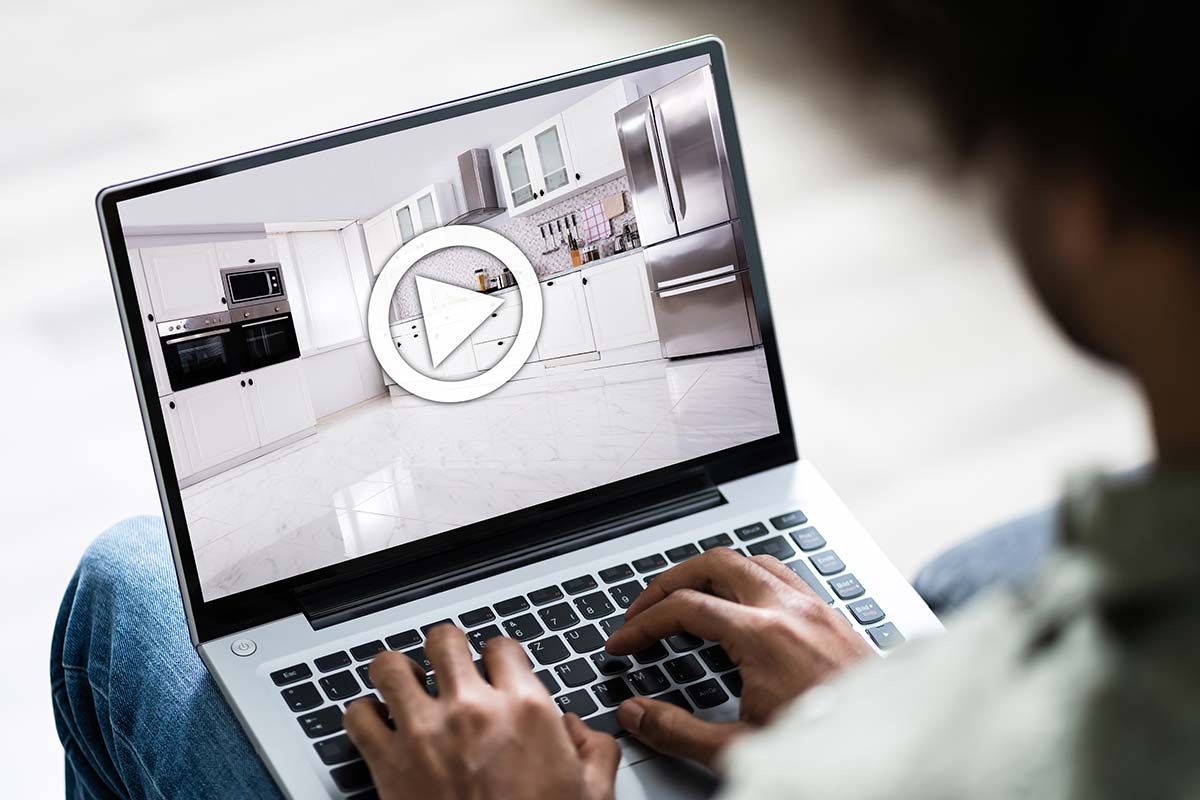As a seasoned real estate professional who has navigated the evolution of the industry for years, I’ve witnessed firsthand how technology can transform the way we do business. Today, I want to dive into a technological innovation that is reshaping our industry: Augmented Reality (AR). AR is not just a buzzword; it’s a tool that is enhancing the way we showcase properties, engage with clients, and close sales.
Augmented Reality in Real Estate: An Overview
Augmented Reality involves overlaying digital information onto the real world, and it has found a powerful application in real estate. Through AR, potential buyers can visualize property changes, explore different layouts, and even furnish spaces without physically altering anything. This capability is revolutionizing property tours and sales by providing a more interactive and immersive experience.
The Power of Visualization
One of the most significant advantages of AR is its ability to help clients visualize a space. Whether it’s seeing how the living room would look with a different wall color or configuring the layout of a bedroom, AR allows potential buyers to interact with the property in ways that were previously impossible without physical changes. This not only enhances the buyer’s experience but also aids in their decision-making process, helping them to visualize themselves in the home.
Enhancing Property Tours with AR
Traditional property tours have limitations, especially when dealing with vacant homes or properties in need of renovation. AR technology provides a solution by allowing real estate agents to enhance physical tours with virtual elements.
Virtual Staging and Tours
With AR, agents can virtually stage a home, furnishing it with virtual furniture and decor to make the space feel more inviting and lived-in. This is particularly useful for helping clients see the potential of empty or not-yet-finished properties. Moreover, AR can be used to conduct virtual walkthroughs, where buyers can explore properties from the comfort of their own homes, navigating through spaces as if they were there in person.
Interactive Elements
Augmented Reality also allows for the incorporation of interactive elements during property tours. For example, by pointing a device at a QR code within the home, a buyer could bring up information about the materials used on countertops, the history of the home, or even details about the neighborhood. This interactive experience not only makes property tours more engaging but also provides clients with valuable information in real-time.
Transforming Sales Presentations
AR technology is not limited to property tours; it also transforms how properties are presented and sold. In a competitive market, being able to showcase a property’s potential in high definition and interactive detail can be a game-changer.
Dynamic Presentations
In sales meetings or presentations, real estate professionals can use AR to dynamically illustrate changes to property layouts, potential renovations, and the impact of various design choices. This capability makes client presentations more compelling and can significantly influence the decision-making process.
Remote Accessibility
AR also extends the reach of real estate professionals by enabling remote presentations that are as effective as in-person meetings. Potential buyers can experience an augmented tour or explore customization options of a property from anywhere in the world, broadening the market and increasing the chances of a sale.
The Future of Real Estate with AR
As we look to the future, it’s clear that AR will play an increasingly critical role in real estate. The ability to deliver a more personalized and immersive buying experience is just the beginning. The potential for AR to speed up the sales cycle, increase buyer satisfaction, and even boost property values is immense.
Continued Innovation
The ongoing development of AR technology promises even more advanced tools for real estate professionals. As these technologies become more sophisticated and accessible, they will undoubtedly become standard in the industry, just as photos and floor plans are today.
Embracing New Technologies
For fellow real estate professionals, staying ahead of the curve means embracing these new technologies. Investing in AR not only sets you apart from competitors but also aligns your practice with the expectations of a new generation of buyers who are becoming increasingly tech-savvy.
Conclusion
Augmented Reality is more than just a technological novelty; it’s a transformative tool that is reshaping the landscape of real estate. By enhancing the way we conduct property tours and sales presentations, AR not only improves our efficiency as professionals but also elevates the entire buying experience for our clients. As someone who has embraced these advancements, I can attest to the profound impact they have on both the process and the outcome of real estate transactions. For anyone looking to enhance their real estate business, now is the time to explore the possibilities that AR offers.
